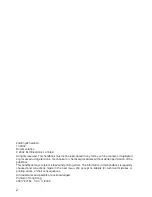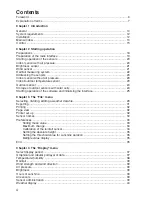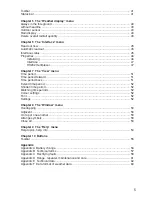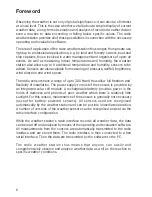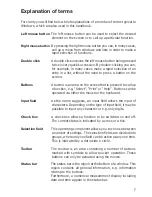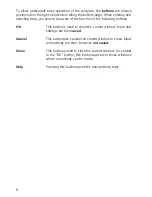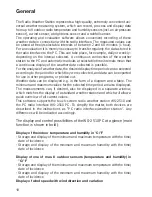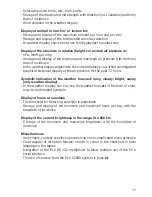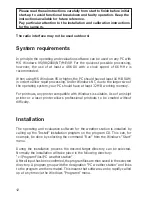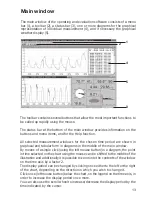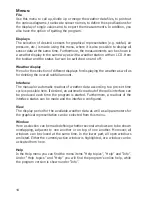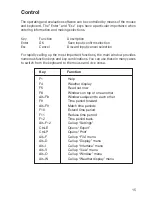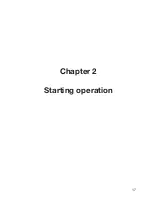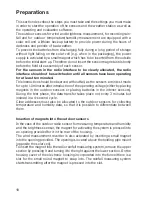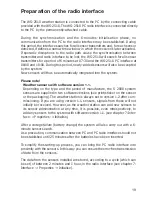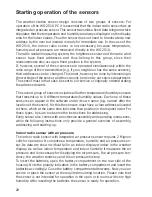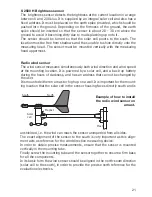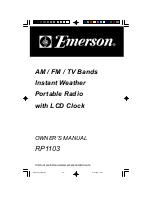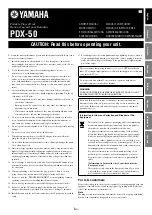
6
Foreword
Observing the weather is not only of global significance: it can also be of interest
at a local level. This is the case whether we talk about a simple display of current
weather data, a long-term observation and analysis of recorded weather data or
even a reaction to data exceeding or falling below specific values. The radio
weather station provides all of these possibilities in connection with the necessary
operating and evaluation software.
The area of application of the radio weather station thus ranges from private use
right up to professional applications, e.g. by land and forestry owners, boat and
ship captains, those involved in water management and organisers of open-air
events. As well as measuring indoor temperatures and humidity, the weather
station also allows up to 8 additional temperature and humidity sensors to be
added. Sensors are also available for measuring air pressure, rainfall, brightness,
wind direction and wind speed.
The radio sensors have a range of up to 300 ft and thus allow full freedom and
flexibility of installation. The power supply to most of the sensors is provided by
an integrated solar cell module. A rechargeable battery provides power in the
hours of darkness and periods of poor weather where there is relatively little
sunlight. For this reason, maintenance of the sensors is generally not necessary
(except for battery-powered sensors). All sensors used are recognised
automatically by the weather station and can be put into immediate operation.
A number of versions of the weather sensors can be recognised and set via the
radio interface configuration.
While the weather station’s radio interface records all weather data, the data
can be read off and analysed by means of the operating and evaluation software.
All measurements from the sensors are automatically transmitted to the radio
interface and are stored there. The radio interface is then connected to a free
serial interface. Then the data are transmitted by the software to the PC.
The radio weather station thus means that anyone can easily and
comprehensively observe and analyse weather data as well as the reaction to
specific weather conditions.
Summary of Contents for WS-2510
Page 3: ...3 ...
Page 9: ...9 Chapter 1 Introduction ...
Page 16: ...16 ...
Page 17: ...17 Chapter 2 Starting operation ...
Page 28: ...28 Chapter 3 File menu ...
Page 36: ...36 Chapter 4 Display menu ...
Page 42: ...42 Chapter 5 Weather display menu ...
Page 44: ...44 Chapter 6 Interface menu ...
Page 49: ...49 ...
Page 50: ...50 Chapter 7 View menu ...
Page 75: ...75 ...


